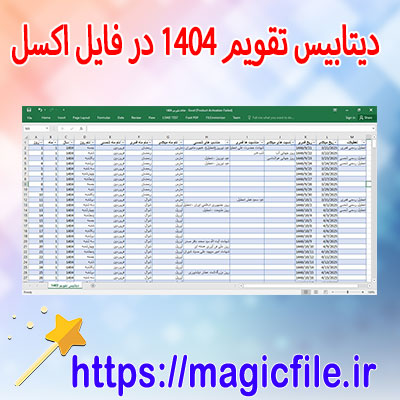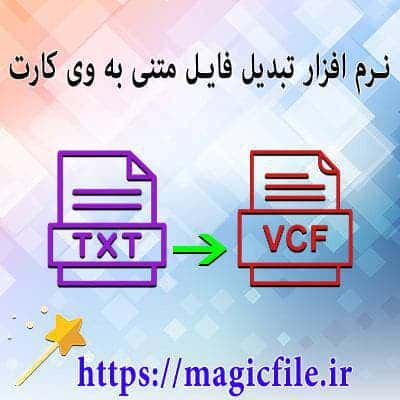INTRODUCTION TO CONTENT CALENDAR IN EXCEL
Content calendars serve as an essential tool for organizing and planning your content strategy. They help streamline your efforts, ensuring that your messaging aligns with your goals. Utilizing Excel for this purpose can be both effective and efficient.
SETTING UP YOUR CONTENT CALENDAR
To create a content calendar in Excel, start by launching a new spreadsheet.
- Define Columns: You should have columns for dates, content titles, types of content (blog posts, social media updates, etc.), target audience, and status. This variety will keep your calendar informative.
- Add Rows: Each row represents a unique piece of content. This structured approach allows you to visualize your entire content strategy at a glance.
- Use Color Coding: Different colors can signify different types of content, like promotional posts versus educational articles. Color coding helps in quickly identifying content categories.
PLANNING CONTENT STRATEGY
Next, outline your strategy. Consider the following:
- Frequency: Determine how often you want to post. Daily, weekly, or monthly?
- Themes: Assign specific themes for each month or week. This will keep your content focused and relevant.
- Holidays and Events: Incorporate relevant holidays or events into your calendar. This adds timely relevance to your content.
TRACKING PROGRESS
Tracking is vital. You can use Excel to monitor the progress of your content.
- Status Updates: Include a column for status—whether content is planned, in progress, or published.
- Engagement Metrics: After posting, track engagement. Add columns for likes, shares, and comments to gauge performance.
CONCLUSION
By implementing a content calendar in Excel, you create a roadmap for your content strategy.
It ensures that your efforts are consistent and aligned with your goals. This organized method not only enhances productivity but also boosts creativity.
اکسل تقویم محتوا: راهنمای جامع
تقویم محتوا یک ابزار حیاتی برای سازماندهی و برنامهریزی محتوای آنلاین است. به کمک اکسل، میتوان این تقویم را به سادگی ایجاد کرد. این کار، به ویژه برای تولیدکنندگان محتوا، بلاگرها، و تیمهای بازاریابی بسیار مفید است.
تنظیمات اولیه
ابتدا، یک شیت جدید در اکسل باز کنید. سپس، ستونهای زیر را ایجاد کنید:
- تاریخ
- عنوان محتوا
- نوع محتوا (وبلاگ، ویدیو، پست شبکه اجتماعی)
- وضعیت (پیشنویس، منتشر شده، در حال ویرایش)
- مسئولیت (نام فرد مسئول)
- نکات و یادداشتها
این ساختار به شما کمک میکند تا بدانید چه محتوایی در چه تاریخی منتشر میشود و چه کسی مسئول آن است.
اضافه کردن محتوا
برای هر روز، یک ردیف جدید اضافه کنید. به عنوان مثال، برای روز دوشنبه، میتوانید عنوان یک پست وبلاگ را قرار دهید. همچنین، نوع محتوا و وضعیت آن را مشخص کنید. این کار به شما کمک میکند تا روند تولید محتوا را تحت کنترل داشته باشید.
استفاده از فرمولها
در اکسل، میتوانید از فرمولها برای محاسبه تاریخها یا شمارش وضعیتهای مختلف استفاده کنید. مثلاً میتوانید تعداد محتواهای منتشرشده را با یک فرمول ساده شمارش کنید. این کار، به شما دید بهتری از عملکرد محتواییتان میدهد.
انجام تغییرات و بهروزرسانی
بهروزرسانی تقویم محتوا بهراحتی امکانپذیر است. هر زمان که تغییراتی در برنامهتان ایجاد شود، میتوانید به سادگی ردیفها را ویرایش کنید. این انعطافپذیری به شما این امکان را میدهد که همیشه یک نمای دقیق از برنامهتان داشته باشید.
به یاد داشته باشید، تقویم محتوا تنها یک ابزار است. استفاده مؤثر از آن مستلزم نظم و پیگیری مداوم است. با این روش، میتوانید محتوای خود را به طور موثری مدیریت کنید و به اهداف بازاریابی خود برسید.





